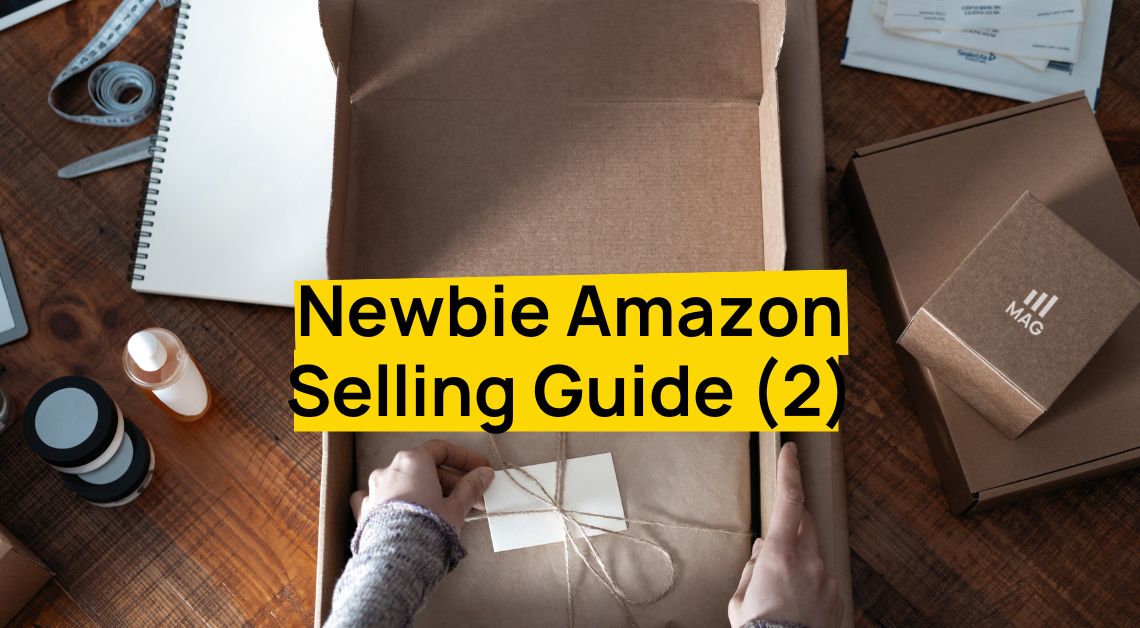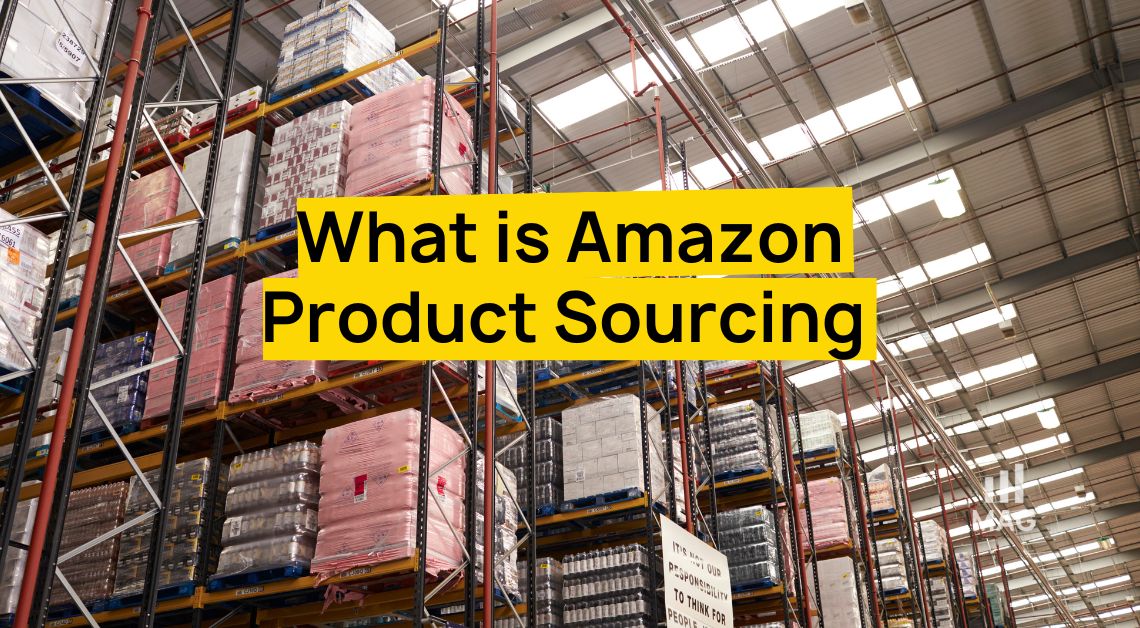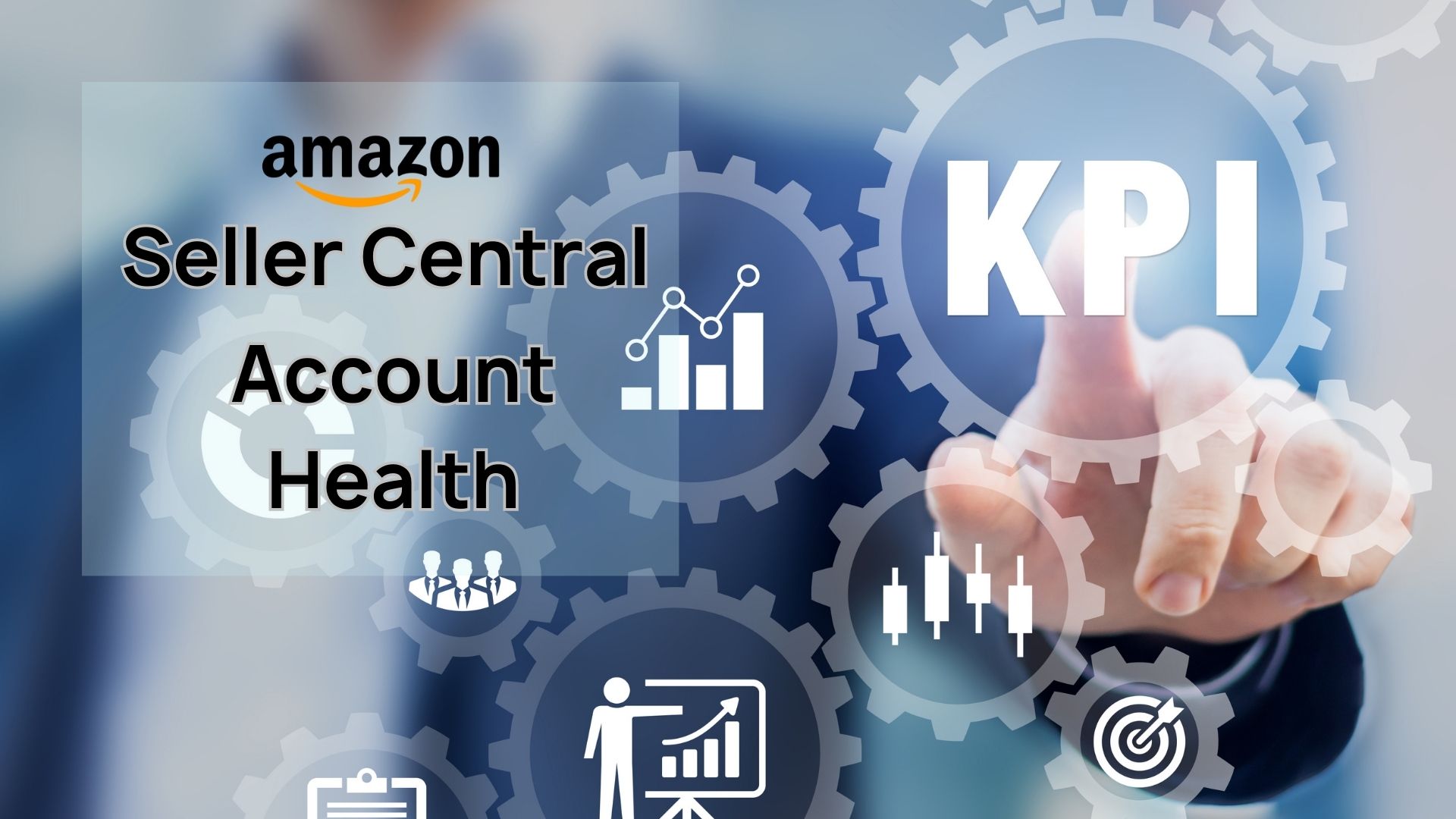
Online shopping and buying goods quickly and easily with the click of a button has revolutionized the world of retail. However, it can be complicated knowing when to pay the bill or run for the hill with such an abundance of products. Whether buying on Amazon, Walmart, Google, or social media, some of these skills may help you avoid unpleasant and costly experiences.
Transparency
Once you see a listing or advertisement that interests you, it’s a good idea to delve a little deeper into confirming the brand’s legitimacy. A dedicated website is an important step but can still be created quickly and cheaply with apps and templates. Look for contact details, mainly the names of founders or owners, email addresses, and phone numbers. If they’re easily contactable, they’re less likely to be duping customers.

Social Media and Web Presence
Many legitimate startups begin marketing on social media before building websites. Searching the ”page transparency” section on Facebook allows one to see when a page was created and if there have been any name changes. As a general rule, older is better, and unusual name changes can be giant red flags. A lack of social media presence, particularly in fashion and beauty, is notable and could be another warning sign. It’s advisable to examine brands more closely with URL or social media pages under two years old.
Amazon
Amazon’s effort to list cheaper products has some obvious benefits, but the downfall has been a flood of fakes. Most legitimate companies will have a professional-looking brand page. By simply clicking on the seller’s name under the product, you’ll find out if one exists or if they only have a longer list of search results that may be suspicious. Look what else the brand sells – if it’s a consistent product range instead of a random selection of cheap products, they’re more likely genuine.
Too Good to Be True
The saying, “If something sounds too good to be true, it probably is,” is certainly applicable. Cheaper items that aren’t name brands are not necessarily problematic. However, they may be inexpensive for a reason. Still, products that may impact your health or well-being, like supplements or exercise equipment, should be scrutinized more closely. Good deals are one thing, but drastically lower prices are another!

Find the Company HQ
Many small businesses are run from homes or unmarked buildings but they’re still less likely to be legitimate than decent-looking factories or commercial buildings with signage. Search for a physical address for the business or try and find it by searching product return policies. By using Google Maps Street View, you’ll quickly see what the company headquarters looks like. It may not be a red flag alone but could be in conjunction with any other suspicious factors.
Scrutinize Reviews
Don’t judge a product by its average review rating. There are review service companies that specifically manipulate these results for their clients. An abundance of five-star reviews with similar language on Amazon could well be an example of this. By looking at lower star-rated reviews and the date of the oldest review, you’ll notice if it gained a significant number of good reviews in very little time.









